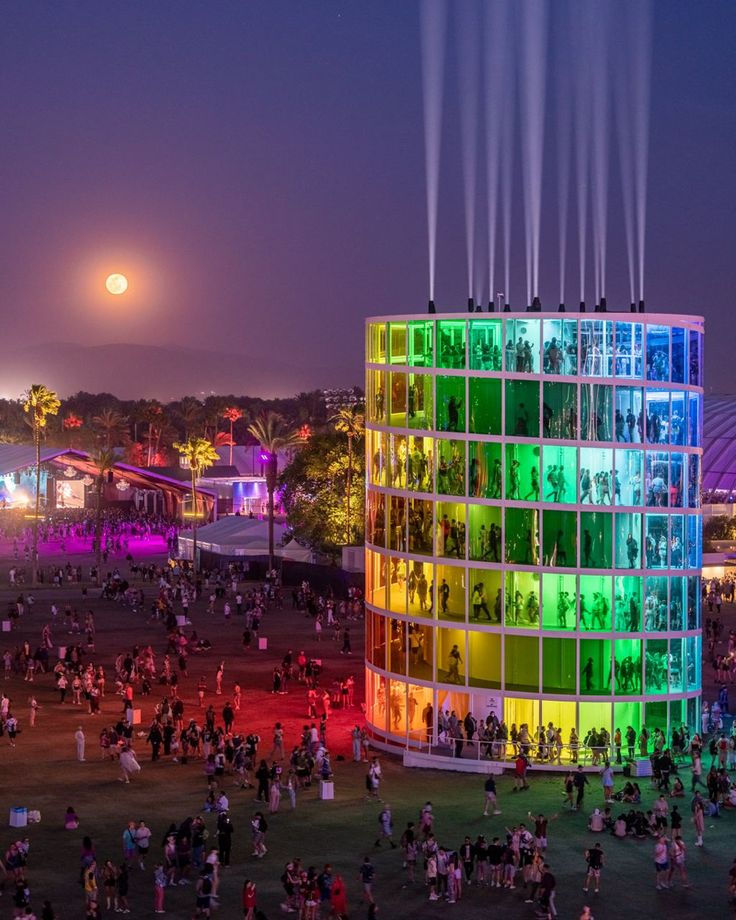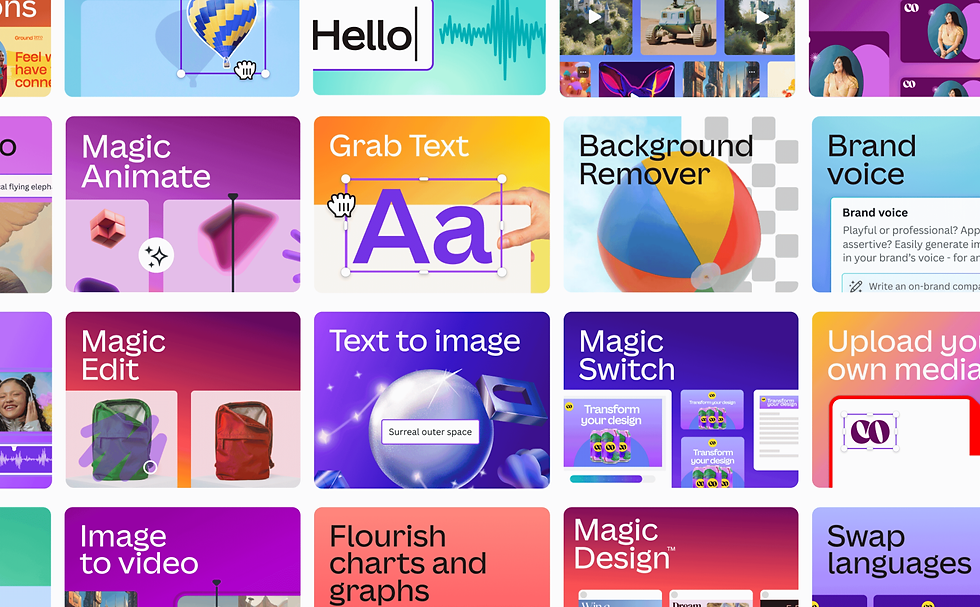How Memes Are Shaping Modern Graphic Design
- rbninquiries
- 25 mei
- 3 minuten om te lezen
From LOLs to Layouts: How Memes Are Shaping Modern Graphic Design
It started with inside jokes and low-res images passed around group chats and Reddit threads. But memes are no longer just throwaway internet culture. They are now a driving force in how we communicate, react, and even design. Graphic designers are beginning to recognize something powerful: memes are not just funny. They are a visual language that shapes how people consume and understand content.
In a world where attention spans are shrinking and trends move at the speed of Wi-Fi, memes offer lessons that are changing the game for designers everywhere.

Speed Over Polish
Memes thrive on speed. They are created, shared, and replaced within hours. This rapid cycle has influenced graphic design by shifting the focus away from perfection and toward timeliness. Designers working in digital spaces have adapted by designing with agility. A piece of content that is on time but imperfect often has more impact than something polished that arrives too late.
This sense of urgency is changing how brands and creatives approach campaigns. Design now needs to be fast, reactive, and culturally aware. And that is a skill memes have mastered.
The Rise of Anti-Design
Memes often ignore traditional design principles. Clashing fonts, stretched images, awkward spacing—they break all the rules. But somehow, they still work. In fact, that rough look often makes them feel more authentic and relatable.
This has led to a rise in what some call "anti-design" or intentionally messy aesthetics. Designers now play with irony, nostalgia, and imperfection as a way to cut through the noise. It is a reminder that emotional connection often matters more than flawless execution.
New Rules for Typography
Memes are proof that words matter—but how they are styled matters just as much. Impact font, Arial bold, white text with black outlines… these visual choices became iconic because of meme culture. They are instantly recognizable and emotionally charged.
Designers now use this visual shorthand to tap into collective memory. When used intentionally, meme-style typography can add humor, irony, or a layer of social commentary to otherwise clean design work.
Cultural Fluency Is the New Skill
Designers today need more than technical skill. They need cultural fluency. Memes are built on shared understanding—whether it is a niche reference from a TV show or a viral TikTok sound. Designers who understand these reference points can create work that resonates on a deeper level.
Being meme-literate means understanding tone, timing, and the invisible social contract behind each format. It is no longer enough to make something look good. It has to feel current.
Memes as Moodboards
Brands and creative teams are now using memes as inspiration in moodboards and concept decks. A meme captures tone faster than any written brief. Want something that feels ironic but lovable? Drop in a "Doge" or "Distracted Boyfriend" reference and your team instantly knows the vibe.
Memes have become part of the design process. They are no longer just content, they are context.

Humor as a Design Tool
Perhaps the biggest lesson memes offer is the power of humor. In a saturated digital world, humor cuts through. It disarms, entertains, and creates connection. Designers who can use humor visually—whether through layout, imagery, or contrast—have an edge.
This has led to a new era of branding and communication. Think of Duolingo’s chaotic owl or RyanAir’s lo-fi memes on Twitter. These brands do not just design to inform. They design to entertain. And their followers keep coming back for more.
Conclusion: The Meme Is the Medium
Memes have transformed from internet noise into a visual language of their own. They challenge traditional design norms while offering new ones. They are messy, fast, clever, and often brilliant in their simplicity.
For graphic designers, the rise of memes is not a threat. It is an opportunity—to rethink tone, timing, and visual storytelling. In the age of screens and scrolls, the most powerful design might just be the one that makes you laugh for two seconds and hit share without thinking. Because that moment? That is impact.

.png)


